To Seed Or Not To Seed?
We take a look at transplant vs. seeds, and which may be the better option for your spring garden.
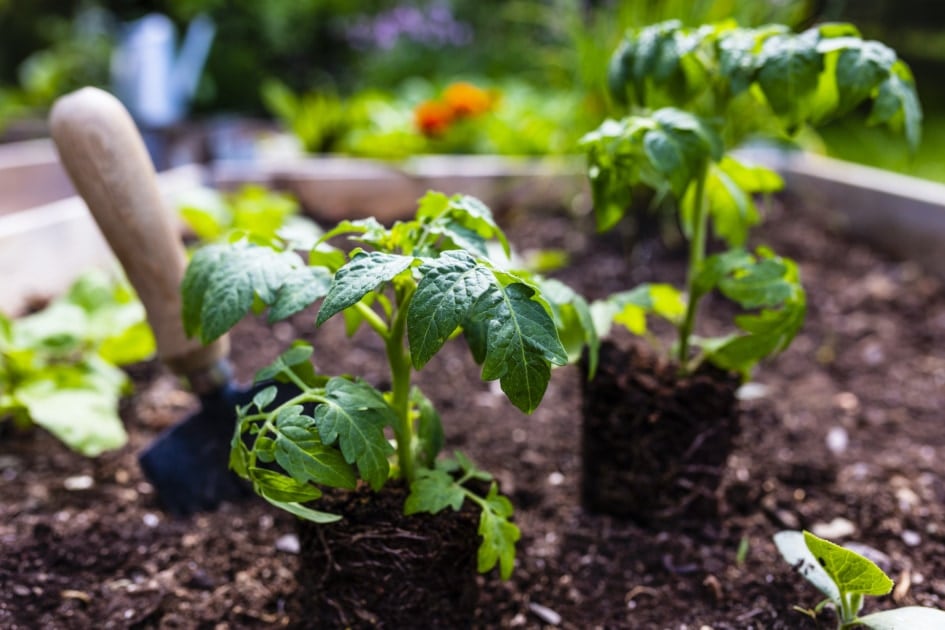
Browse through your local garden center in spring and you may be perplexed by the choice between growing vegetables and flowers from seeds, or transplanting green and growing plants that are already several inches high.
Many gardeners end up with a mix of plants and seeds: Tomato plants and cucumber seeds, pots of burgeoning begonias and envelopes of tiny marigold seeds. Purchasing impatiens and other annual flowers already blooming in plastic pots remedies the northern gardener’s “impatience” for color. But could you get the same amount of blooms for a fraction of the cost by buying seeds? Or would a shorter growing season prevent seeds sown in the Northeast or Upper Midwest from ever catching up to those flowering annuals started in professional greenhouses when the snow was still falling outside?
Questions To Ask Yourself
A combination of transplanting and direct seeding is probably optimal, as long as you choose the best method for each individual crop or flower variety. Here are some points to consider when asking yourself the age-old gardening question: To seed or not to seed?
1. What’s Your Budget?
There’s no doubt about it, seeds are much cheaper than plants. You can usually buy a whole packet of seeds for less than the cost of one plant. But that’s not a savings if the seeds fail to germinate, fail to thrive in your garden, or don’t produce a single blossom before the first frost. Also consider a plant’s yield. One kohlrabi or turnip plant or seed produces exactly one kohlrabi or turnip. Spending $2 for a pack of seeds nets you dozens of the vegetables. A $2 kohlrabi or turnip plant will produce one rather expensive kohlrabi or turnip.
2. How Long is Your Growing Season?
In many parts of the Northeast and Upper Midwest, it can snow in mid-April and freeze in October. That doesn’t give plants that require a long growing season enough time to produce if sown directly in the garden. That’s why tomatoes, which can take four or five months to produce fruit from the day they are planted from a seed, are best handled as transplants. This goes for peppers and eggplants too. These plants are tender and can’t be outside until all danger of frost has passed, which really shortens their outdoor growing season in say, Minnesota. With flowers, people who live in colder climates tend to want the instant color that comes with purchasing and transplanting all but the fastest-growing annuals.
Check Our Average Frost Dates Calendar
In an area with a longer growing season, one advantage to direct sowing is the ability to stagger your plantings. Plant one row of green beans every ten days and the plants from the seeds planted later will be producing when the first plants to mature reach the end of their productivity.
Living in a more temperate climate doesn’t mean you have to start everything from seeds, however. You may choose to start long-season crops with plants rather than seeds simply for convenience sake, or for an earlier, and perhaps longer, harvest.
3. How Fast-Growing is This Crop?
A truly fast-growing plant sown directly in the garden will catch up with transplants quickly. By August you probably won’t see any difference between a zucchini you planted from seed and one you started from a plant purchased at the garden center.
4. Does The Plant Tolerate Root Disturbance?
Root crops like carrots or radishes don’t like to have their roots disturbed and are, therefore, not good candidates for transplant. These crops are best when directly sown.
5. How Big are the Seeds?
If you are new to gardening or at least new to direct sowing of seeds, start with things like corn, peas, pumpkins, and sunflowers. These seeds are very large, making it easy to see what you’re doing and allowing you to plant at the recommended depth and spacing.
Crops like potatoes and onions are easy to plant because they don’t involve tiny seeds either. They can be sown direct, but not exactly from seed. Seed potatoes are pieces of whole potatoes that include the “eyes.” Onion are usually grown from “sets” which are immature bulbs grown the previous year.
6. How Patient Are You?
Some flowers take as long as 90 days to go from germination to blooming. If you don’t feel like waiting almost three months for your dose of summer color, choose plants. The instant gratification of planting flowers already in bloom may be worth the extra money to you if your yard has been buried in snow for six months.
Starting Seeds Indoors: The Best of Both Options?
Warm-season crops, like tomatoes and peppers, require a long growing season and may not have time to mature if seeded directly in the garden. Cool-season crops like broccoli and cauliflower, on the other hand, must mature before hot weather sets in. An alternative to buying plants is to start seeds in trays or peat pots inside. Or try eggshells!
You’ll want to start warm-season seeds later than cool-season seed. With either, you’ve got to harden off the young plants to prevent transplant shock before moving them to the garden. Do this by setting them outside in the sun in a sheltered area for two or three hours a day each day for a week to 10 days. You’ll also want to limit watering and fertilizing during this hardening-off period.
Need to know when to start your seeds? Check our seed starting chart here.
Be sure to check our Gardening By The Moon calendar here for best days to do these gardening chores.

Judy Kneiszel
Judy Kneiszel is a freelance writer from De Pere, Wisconsin. She contributes to regional and national magazines and newsletters, writing on a wide variety of topics including food, farming, health, renewable energy, and running a small business.

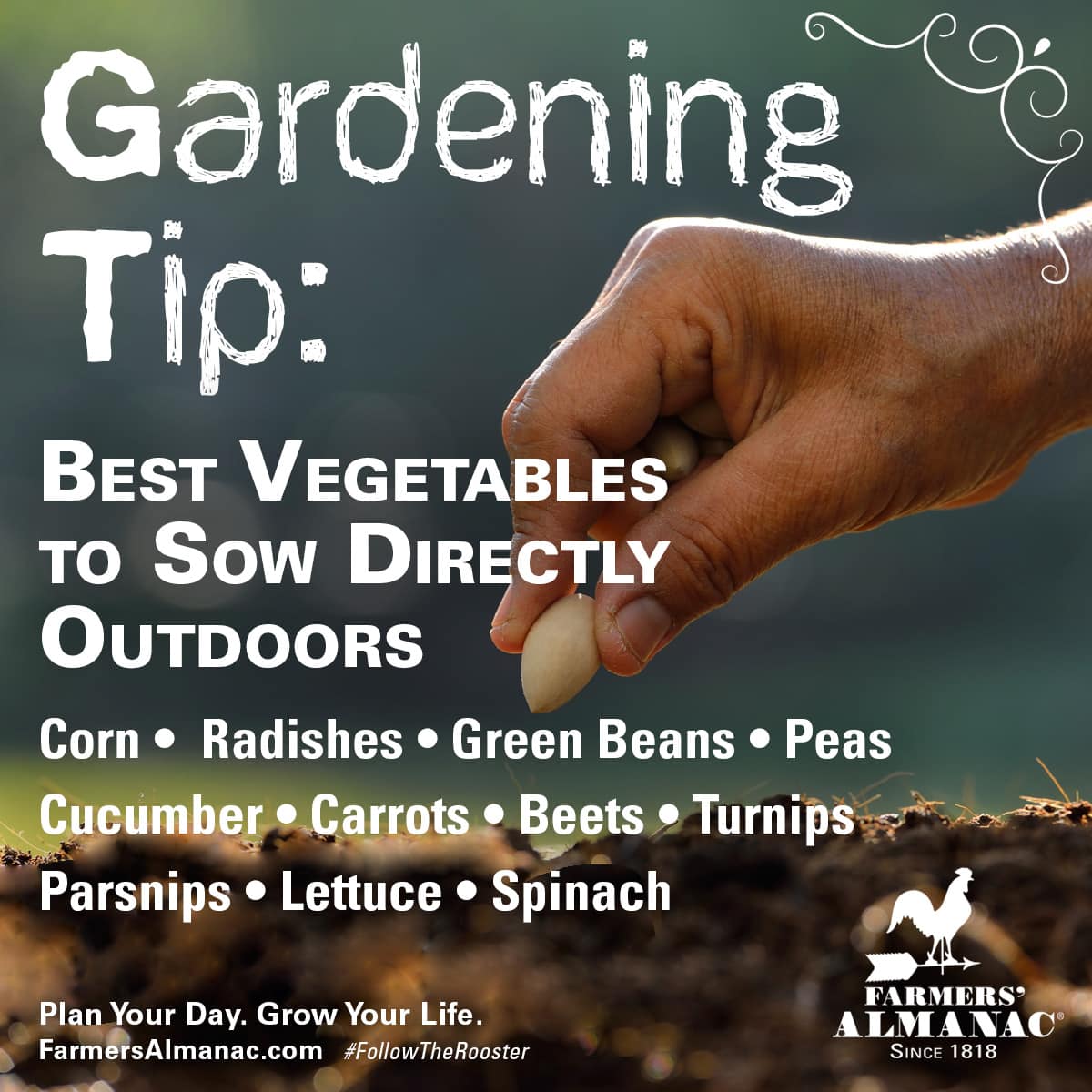

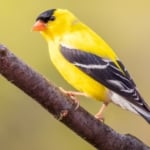
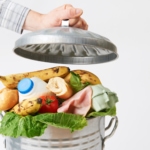
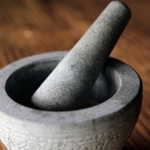
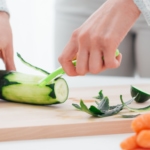
I definitely do a combination living in the northeast. I’ve also found my personal preference is to direct seed viny things like squash and cucumbers. I’ve found they don’t like transplanting.
Farmers often use a combination of planting methods in the spring. Depending on the crop you could use transplants first & then direct seed at the same time if the temp’s are favorable. This way your transplanted veg would be ready early with the seeded ones maturing a little bit later so as to provide something to enjoy over a longer period. Later plantings can be done with seed to reduce your costs.
This is a great tip for an easy way to succession plant. Succession planting is a great way to spread out your harvest times to make it more manageable and I feel, less wasteful sometimes! Thank you for sharing this!
Yes I will like a copy